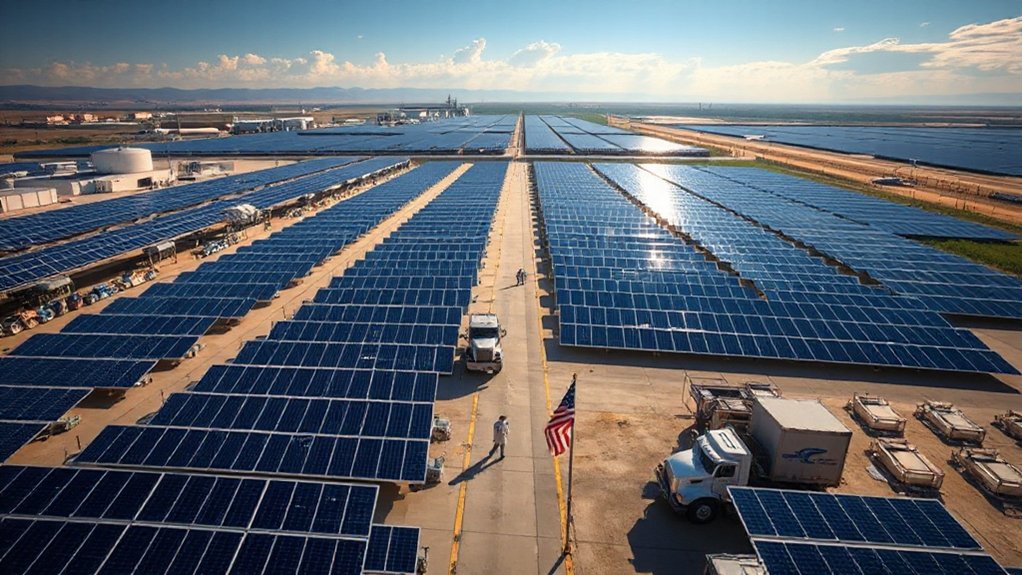Carbon offsets let polluters buy their way to environmental redemption – kind of. When companies or people can’t cut emissions directly, they fund projects like tree planting or wind farms that reduce greenhouse gases elsewhere. Each offset equals one ton of CO2 removed. The voluntary market hit $2 billion in 2021, though critics call it a guilt-erasing scheme. Standards exist to verify legitimacy, but the system’s effectiveness remains hotly debated. Digging deeper reveals quite a story.

Money talks, and carbon offsets are speaking volumes in the fight against climate change. These market-based instruments let individuals and organizations compensate for their greenhouse gas emissions by funding projects that reduce or remove carbon dioxide elsewhere. Each offset represents one metric ton of CO2 equivalent – a neat little package of environmental redemption. Companies should pursue real emissions cuts before relying on offsets as a solution.
The voluntary carbon market is booming, worth a cool $2 billion in 2021. Companies are scrambling to grab these offsets, with prices bouncing anywhere from $3 to over $50 per ton. It’s like a climate change clearance sale, except the planet’s future is at stake. In 2023 alone, 163.6 million offsets were claimed. That’s a lot of corporate guilt being washed away. Unlike offsets, compliance markets are governed by strict governmental regulations.
The process is straightforward, if not perfect. Calculate emissions, pick a verified project, buy credits, retire them, and voilà – you’re officially “greener.” Projects range from planting trees and building wind farms to capturing methane from landfills. Some even involve fancy carbon capture technologies. The Clean Development Mechanism established in the Kyoto Protocol helped pioneer these international compliance carbon markets.
But here’s the kicker: these projects need serious verification to prove they’re legit. Third-party verifiers and standards like the Verified Carbon Standard keep everyone honest – or at least try to. They check for additionality (would the project happen anyway?), permanence (will those trees stay standing?), and make sure nobody’s counting the same reduction twice. Regular audits ascertain projects keep delivering what they promise.
Critics aren’t buying it, though. They argue offsets are just permission slips for continued pollution. Sure, offsets can fund emissions reductions where they’re most cost-effective and support sustainable development in developing countries. But questions linger about measurement accuracy and whether we should focus more on direct emissions cuts.
The regulatory landscape is still evolving. There’s no global framework for voluntary markets, though some jurisdictions are stepping up. The Paris Agreement provides guidelines for international carbon trading, and the EU is eyeing stricter rules. One thing’s clear: carbon offsets aren’t going anywhere – they’re just getting more scrutiny.









